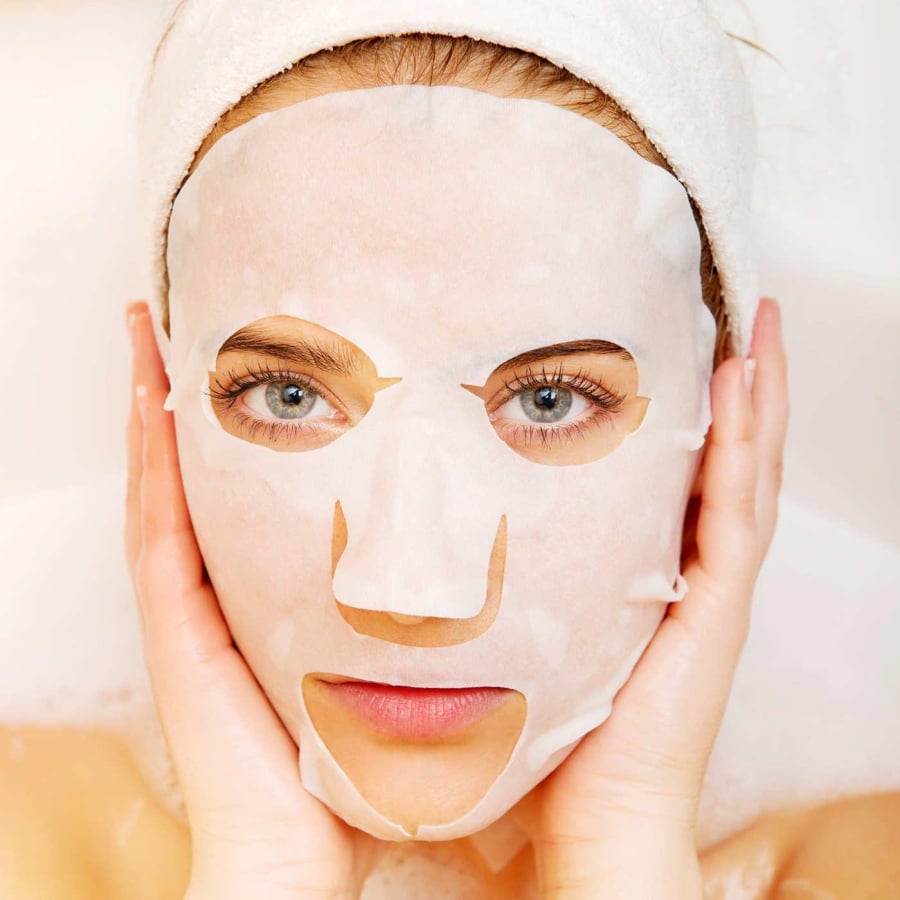## Common Face Mask Mistakes and How to Avoid Them
Using the Wrong Type of Mask
For normal to dry skin, opt for hydrating face masks that contain ingredients such as hyaluronic acid and glycerin. If you have sensitive skin, steer clear of masks with strong cleansing agents to prevent irritation.

Hydrating face masks with hyaluronic acid and glycerin are ideal for normal to dry skin.
Rinse your face immediately after removing a mask.
Washing your face right after a mask will rinse away any beneficial ingredients your skin may have absorbed. Instead, gently massage your face for about 5 minutes after removing a sheet mask to enhance absorption, and then proceed to cleanse your face.
Low-Quality Masks
When purchasing masks, pay attention to the ingredients to avoid any adverse effects on your skin. Buy from reputable stores, ensuring the product’s origin is clear.
Leaving Masks On for Too Long
Keeping a mask on for longer than 20 minutes can be counterproductive as they dry out and draw moisture away from your skin. Additionally, cleansing or exfoliating masks, when left on for an extended period, can lead to skin irritation, redness, and a burning sensation. Exfoliating masks, in particular, utilize actives such as glycolic acid, which can continue to penetrate deeper into the skin, resulting in excessive peeling.

Leaving a mask on for over 20 minutes can dry out your skin.
Not Cleansing Your Face Beforehand
When your skin is coated in a layer of oil, makeup, sunscreen, or dirt, it acts as a barrier, preventing the essence from fully penetrating and working its magic.
Applying Masks to Damaged Skin
Sometimes, your skin needs a break, especially when it’s dealing with environmental stressors or conditions like cracked skin, acne, or peeling. Applying a face mask when your skin is breaking out can exacerbate the issue by trapping bacteria and sebum, leading to more whiteheads, blackheads, and inflammatory acne.
Skipping Moisturizer After Masking
Face masks are not a replacement for moisturizers. While most masks provide hydration through water and ingredients like glycerin and hyaluronic acid, locking in this moisture with a hydrating cream is essential.
If your skin feels irritated, opt for soothing products like a calming cream or gel to alleviate discomfort, reduce swelling, and don’t forget to gently massage your face. If the irritation persists, consult a dermatologist to identify the root cause and receive appropriate treatment.



































